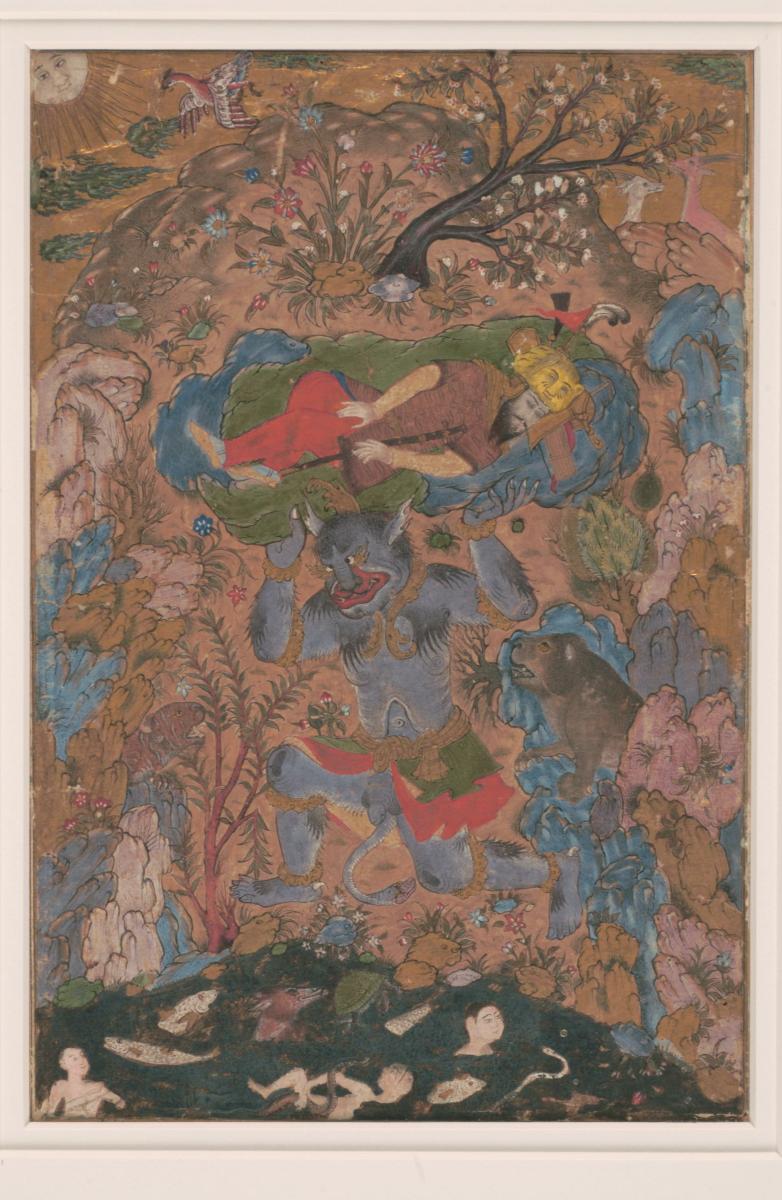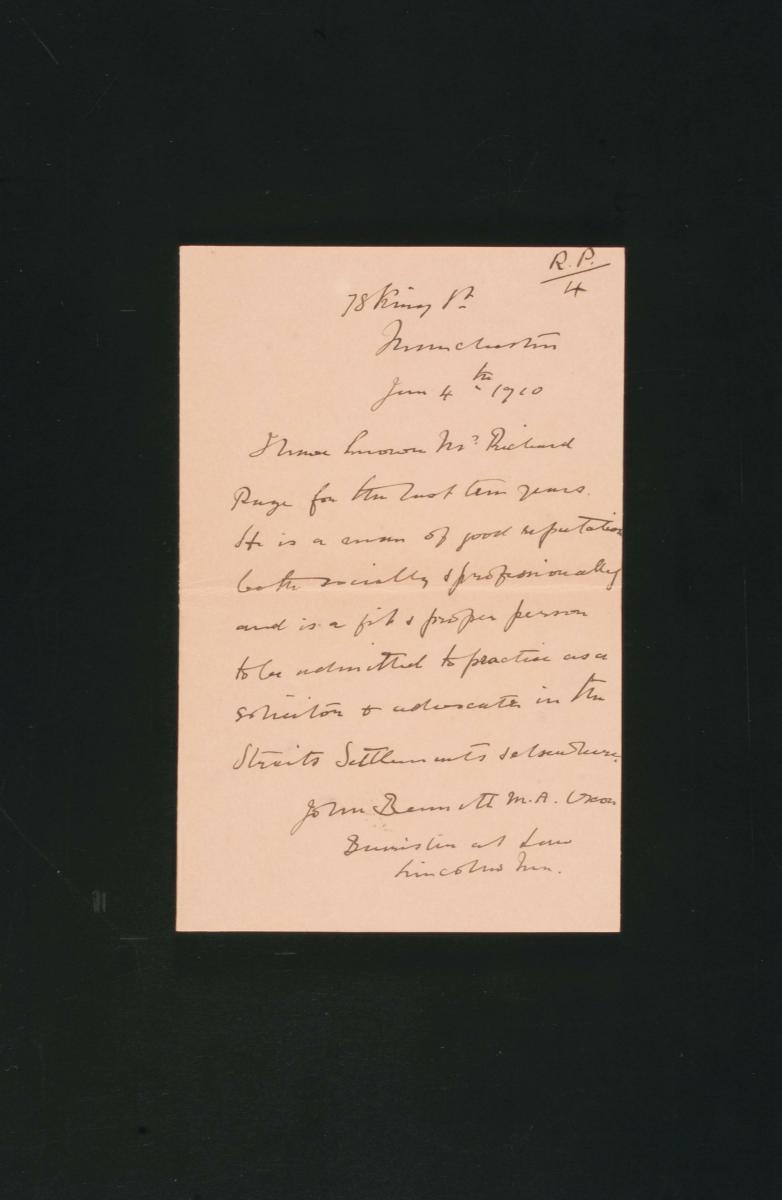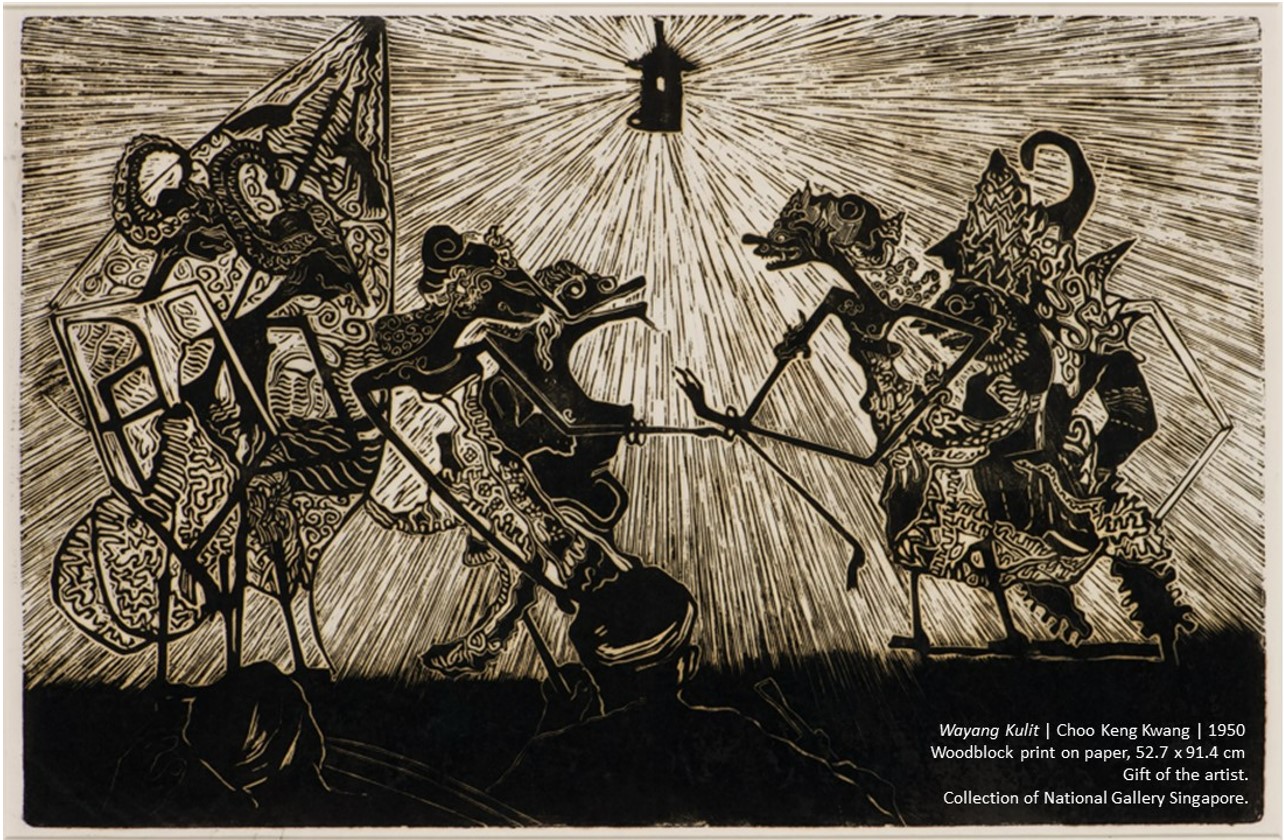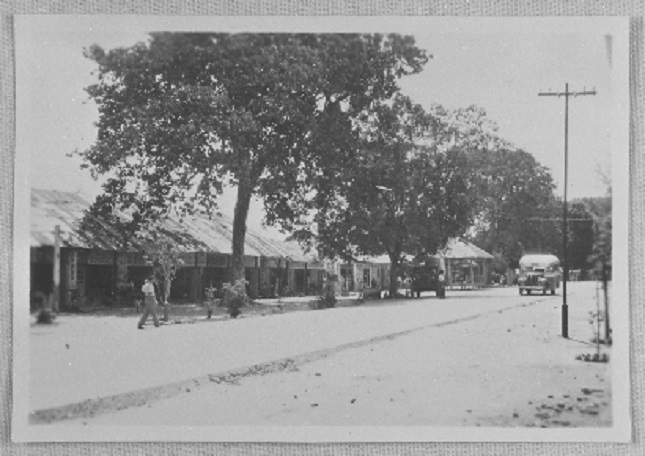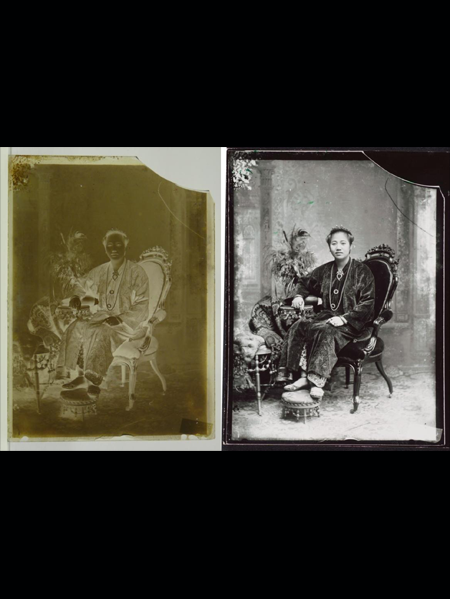By Chang En En
The night darkens and the crowd gathers. Placing themselves on either side of the lit screen (kelir), excitement buzzes as they wait eagerly for the shadow puppetry (wayang kulit) to begin. Behind the kelir, the puppeteer (dalang), gamelan orchestra and female singers (pesinden) prepare for the typically night-long performance. A note is played, a tune is sung, and the dalang’s voice echoes into the night. The once-still puppets now awaken and their shadows enthral the audience as the story of good versus evil begins.
(insert youtube video link)
Snippet of a wayang kulit performance in Solo.
Video Credit: Chua Pei Shyuen.
Welcome to Javanese Wayang Kulit Puppetry
Wayang kulit refers to shadow puppetry, a type of traditional theatre play, that is performed in Southeast Asia using two-dimensional puppets crafted from animal hide. In Java, this term also refers to the intricately handmade puppets. Beyond the purpose of entertainment, these performances are also used as a medium to transmit values, culture, religion and even comment on current affairs. These performances were also traditionally believed to provide spiritual protection over the audience.
Wayang kulit often follows the plot of good versus evil and storylines often retell or are inspired by the Hindu epics Ramayana or Mahabharata. In these stories, the puppets used are characters ranging from gods, nobles and priests to commoners, giants (raksasa), jokers (panakawan or punakawan) and animals.
We met Mr Tumadi Patri, a 63-year-old active batik artist practitioner of Javanese descent. Mr Tumadi has been exposed to Javanese wayang kulit since the age of 6. With almost 40 years of experience, Mr Tumadi continually reflects his experience by largely incorporating Javanese wayang kulit puppets in his artworks. Let’s watch a short and simple demonstration by Mr Tumadi using Javanese wayang kulit puppets. Enjoy the colours of the puppets and props! Subtitles are not verbatim.




